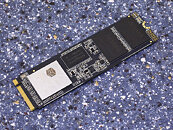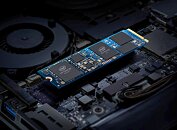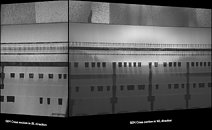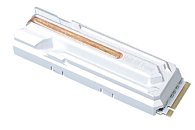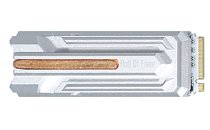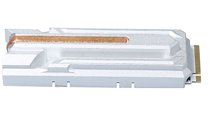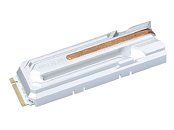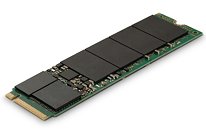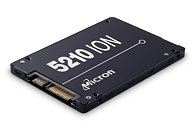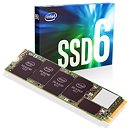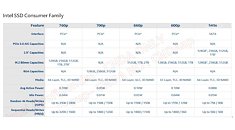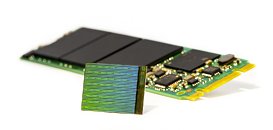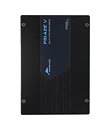SMART Modular Technologies Announces Next Generation of ME2 Flash
SMART Modular Technologies, Inc. ("SMART"), a division of SGH and a global leader in memory solutions, solid-state drive (SSD) and hybrid storage products announces the next generation of its DuraFlash ME2 family of SATA SSD products, which includes industry-standard M.2 2242, M.2 2280, mSATA, Slim SATA and 2.5" form factors. These SSDs are available in both industrial and commercial temperature grades and have versions that implement SMART's SafeDATA power-loss, data-protection technology for graceful handling of power fluctuations and sudden power loss events.
The new ME2 SSDs incorporate the latest generation 3D NAND-technology and SMART Modular's proprietary NVMSentry firmware to deliver high performance SSD products with endurance up to one drive writes per day (DWPD) for five years using JEDEC JESD219A enterprise endurance workload. The new NAND device offers better cost per bit over previous 64-layer and 96-layer NAND generations without sacrificing performance and reliability.
The new ME2 SSDs incorporate the latest generation 3D NAND-technology and SMART Modular's proprietary NVMSentry firmware to deliver high performance SSD products with endurance up to one drive writes per day (DWPD) for five years using JEDEC JESD219A enterprise endurance workload. The new NAND device offers better cost per bit over previous 64-layer and 96-layer NAND generations without sacrificing performance and reliability.


